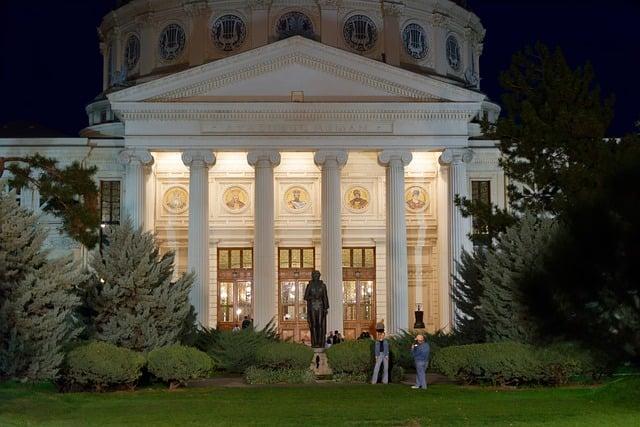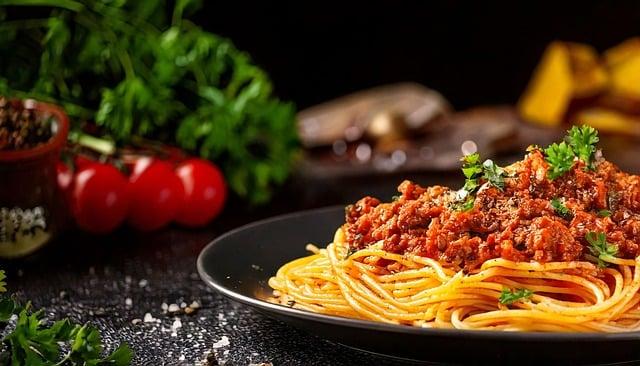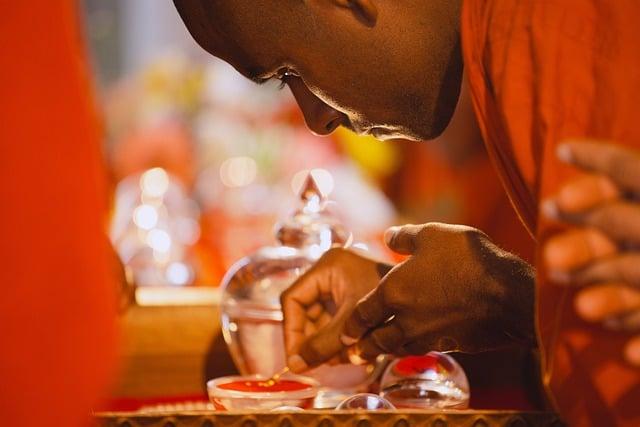On the twelfth day of Christmas, a small village nestled in the snowy hills came alive with joy. Each year, the townsfolk gathered to celebrate the end of the festive season. Children dressed as lords and ladies, while the elders shared tales of Christmases past. The baker unveiled a towering cake, adorned with twelve shimmering candles. As the sun set, they sang carols, their voices echoing through the crisp air. It was a day for everyone—families, friends, and even the shy animals peeking from the woods—united in the spirit of joy and togetherness.
Table of Contents
- Celebrating the Twelfth Night: Traditions Across Cultures
- The Significance of the Twelve Days of Christmas in Various Religions
- Festive Foods and Drinks: What to Serve on the Final Day of Christmas
- Engaging Activities to Mark the End of the Holiday Season
- Q&A

Celebrating the Twelfth Night: Traditions Across Cultures
The Twelfth Night, marking the end of the Christmas season, is a vibrant celebration steeped in rich traditions that vary across cultures. In many parts of Europe, particularly in the United Kingdom, this night is synonymous with the festive spirit of revelry and merriment. **Feasting** is at the heart of the celebration, where families gather to enjoy a special meal, often featuring a **King Cake** or **Galette des Rois**. This cake, traditionally baked with a hidden figurine, brings an element of surprise and fun, as the person who finds the figurine is crowned the “king” or “queen” for the night, symbolizing the playful spirit of the occasion.
In Spain and Latin American countries, the Twelfth Night is celebrated with **Los Reyes**, or the Day of the Three Kings, honoring the arrival of the Magi. Children eagerly await the arrival of the Three Kings, who bring gifts, much like Santa Claus. Families partake in a festive meal that includes **Roscón de Reyes**, a sweet bread shaped like a crown, adorned with colorful fruits. This tradition emphasizes community and family, as people come together to share stories and laughter, reinforcing the bonds that the holiday season fosters. Each culture adds its unique flavor to the celebration, creating a tapestry of customs that highlight the joy and unity of the season.
The Significance of the Twelve Days of Christmas in Various Religions
The Twelve Days of Christmas, traditionally celebrated from December 25 to January 5, hold a rich tapestry of significance across various religions and cultures. For Christians, this period marks the time between the birth of Jesus and the arrival of the Magi, symbolizing the revelation of Christ to the Gentiles. Many Christian denominations observe this time with special liturgies, feasts, and the lighting of candles, emphasizing themes of hope, joy, and divine revelation. In some traditions, the twelfth day culminates in the celebration of Epiphany, where the visit of the Wise Men is commemorated with vibrant festivities and community gatherings.
Beyond Christianity, the Twelve Days of Christmas resonate in other faiths as well. In certain pagan traditions, this period is seen as a time of reflection and renewal, aligning with the winter solstice celebrations that honor the return of light. Additionally, some Jewish communities recognize this time as an opportunity for family gatherings and cultural celebrations, intertwining their own customs with the broader festive spirit of the season. The significance of these twelve days transcends religious boundaries, fostering a sense of unity and shared joy among diverse groups, each adding their unique flavor to the celebrations:
- Christianity: Celebrations of Epiphany and the Magi’s visit.
- Pagan Traditions: Reflection and renewal during the winter solstice.
- Jewish Communities: Family gatherings and cultural celebrations.

Festive Foods and Drinks: What to Serve on the Final Day of Christmas
As the festive season draws to a close, the final day of Christmas offers a perfect opportunity to indulge in a delightful array of foods and drinks that celebrate the spirit of the holiday. Consider serving a **hearty feast** that includes traditional dishes such as:
- Roast Goose – A classic centerpiece that brings warmth and richness to the table.
- Glazed Ham – Sweet and savory, this dish is a crowd-pleaser that pairs beautifully with various sides.
- Vegetable Wellington – A vegetarian option that is both elegant and satisfying.
- Spiced Cranberry Sauce – A tangy complement that enhances the flavors of your main dishes.
To wash it all down, consider crafting a selection of **festive beverages** that will keep the holiday cheer alive. Options might include:
- Mulled Wine – Infused with spices and citrus, this warm drink is perfect for cozy gatherings.
- Eggnog – A creamy classic that can be served with or without a splash of rum for an adult twist.
- Hot Chocolate Bar – Allow guests to customize their drinks with toppings like whipped cream, marshmallows, and peppermint sticks.
- Sparkling Cider – A non-alcoholic option that adds a festive fizz to the celebration.

Engaging Activities to Mark the End of the Holiday Season
As the holiday season draws to a close, many cultures around the world engage in vibrant traditions to celebrate the final day of festivities. One popular activity is the **Twelfth Night Feast**, where families and friends gather to enjoy a sumptuous meal featuring seasonal dishes. This gathering often includes a **King Cake**, a delightful pastry that hides a small figurine or bean inside. The person who finds it is crowned the “king” or “queen” for the evening, leading to laughter and playful competition. Other engaging activities might include **singing carols**, sharing stories from the past holiday season, or even hosting a **gift exchange** to keep the spirit of giving alive just a little longer.
In addition to feasting, many communities participate in **cultural performances** that reflect their unique heritage. This could involve traditional dances, storytelling sessions, or even theatrical plays that depict the significance of the holiday. Crafting is another beloved activity, where families come together to create **ornaments or decorations** that symbolize the end of the holiday season. These handmade treasures can be cherished for years to come, serving as a reminder of the joy and togetherness experienced during this special time. Whether through food, music, or crafts, these engaging activities help to create lasting memories as the holiday season comes to a close.
Q&A
-
Who celebrates the 12th day of Christmas?
The 12th day of Christmas, also known as Twelfth Night, is celebrated by various Christian denominations, particularly in Western Christianity. It marks the end of the Christmas season and is observed by many cultures around the world.
-
What traditions are associated with the 12th day of Christmas?
Traditions can vary widely, but common practices include:
- Feasting and merrymaking
- Removing Christmas decorations
- Performing plays or music, especially in some European countries
-
Is the 12th day of Christmas significant in any specific religion?
Yes, for Christians, it signifies the arrival of the Magi (Wise Men) to visit the newborn Jesus, which is celebrated in some traditions as Epiphany.
-
How do different cultures celebrate the 12th day of Christmas?
Celebrations can differ, including:
- In Spain, it is known as “Día de los Reyes” (Three Kings’ Day) with parades and gift-giving.
- In the UK, it often involves parties and the tradition of “King Cake.”
- In some Eastern Orthodox churches, it is celebrated as part of the Christmas festivities.
As the twelfth day of Christmas draws to a close, we reflect on the diverse traditions that honor this festive finale. From joyful gatherings to cultural rituals, the celebration transcends borders, reminding us of the universal spirit of togetherness.

大家好,我是彼得潘,專業的手法身體治療師。我喜歡探索和研究各種主題,並透過與人工智慧的合作分享專業、實用、有趣的文章。我們定期進行人工審核,以確保內容的準確性。如果您發現文章中有任何不準確的地方,請隨時與我們聯繫,我們會及時糾正。您可以透過 [email protected] 與我們聯繫。



